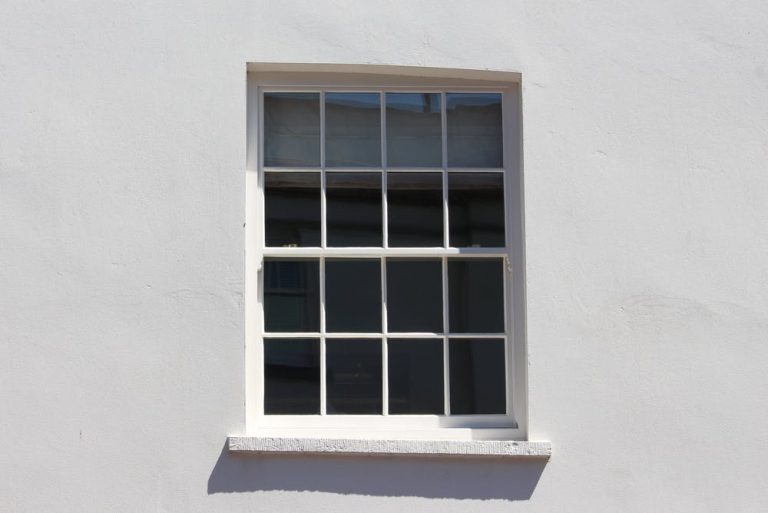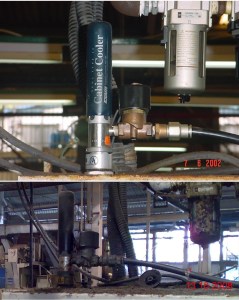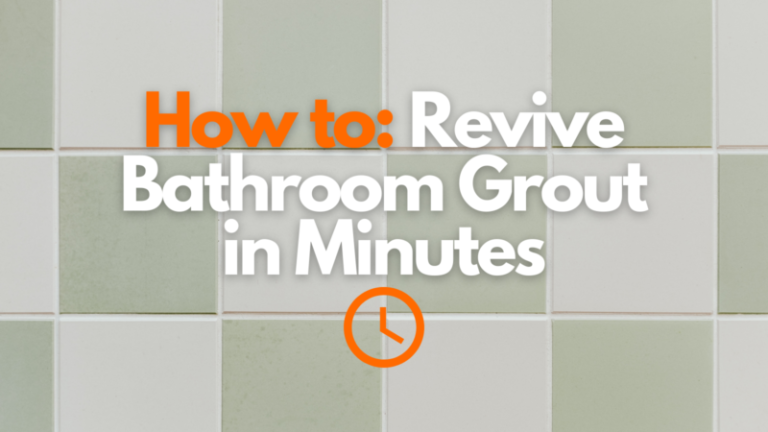How to Strip Wallpaper
Wallpaper stripping is an important step in redecorating therefore it is worth taking your time and care when doing so in order to get a smooth, clean wall. Wallpapering over a stripped wall is much easier and leaves a much smoother surface; the same goes for painting and it prevents things such as air bubbles. In general, stripping the current wallpaper also means the new paint or paper will last a lot longer.
Perhaps the spare room could be brightened up and transformed in to a study. You could have decided on a new colour scheme for the house. Regardless of your objectives, removing wallpaper needn’t be stressful. We’ve put together a number of tips to help make the process as painless as possible, so you can be applying some lovely fresh paint in no time, and enjoying your new look during the winter season.
Preparation
The most important thing when stripping wallpaper is safety. Make sure to keep chemicals and adhesives away from children first of all and for your own safety it is important you always use a suitable ladder to prevent injuries from working at height and wear safety goggles at all times to protect your eyes.
As always, preparation is key. Before you think about the tools you’re going to need to do the job, or even look at a tin of paint, there are a number of important things to address.
- Get some dust sheets and cover any exposed areas. Picking up small strips of wallpaper from your carpet is never fun!
- Cut the power. It’s advisable to cut the power, and protect all electrical sockets with masking tape.
- Work out what kind of wall you have – plaster or drywall. Drywall, as the name suggests, needs to be kept dry, so go easy on any detergent, water or steam treatment you may decide to use. To tell if you have drywall as opposed to plaster, simply tap the wall. If it sounds hollow, it’s probably drywall – time to proceed with caution. Drywall consists of the commonly-used mineral gypsum, whereas plaster consists of sand, cement, lime and water – resulting in a much denser, colder finish.
- Work out what kind of wallpaper you have. Some, more modern wallpaper can be easily peeled off by hand. Simply loosen a strip, and if it comes off easily by hand you’re in business! Hey presto! If, however, you have dry walls, you still need to be careful. Use a putty knife to carefully loosen the paper and slowly peel it back; if you tear it straight off you risk damaging the drywall.
- More traditional, non-strippable wallpaper will require a vigorous approach – soaking and scraping or steaming.


